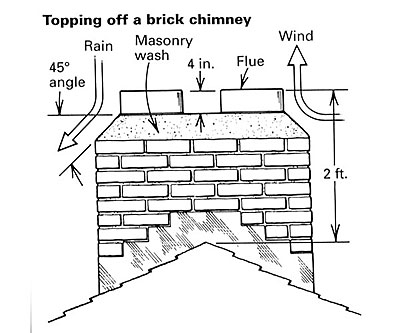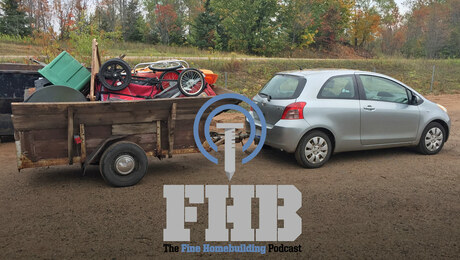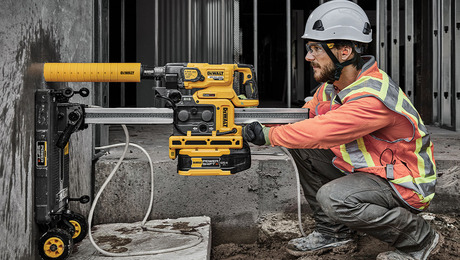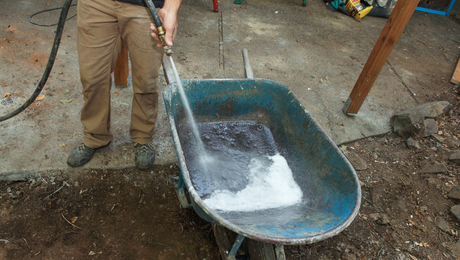Q:
I need to repair the tops of the two chimneys on my house. The main flue of one chimney is no longer used because we have replaced our furnace with a geothermal heat pump. The other flues are for fireplaces that are almost never used. I know how to repoint brick and repair flashing, but I need to know what material I should use to parge or cap the top of the bricks surrounding the flues. If I use a masonry cap, how should I prepare the surface, what mix should I use, and how long will the repair last?
James Spraitz, Waldorf, MD
A:
Richard T. Kreh Sr., an author and masonry consultant in Frederick, Maryland, replies: Regarding the flue that is no longer being used for your furnace, I would consider sealing it off with a metal or concrete cap to keep out birds, squirrels or other small animals. But first be absolutely certain that the flue is not needed to vent or draft anything else. Even though you indicated that your fireplaces are seldom used, you may want to use them sometime in the future, so I would not recommend sealing off their flues.
The most effective and simplest way to seal the top of the chimney around the flues is by applying a cement mortar coat called a wash. Before applying the wash coat, carefully remove the old wash, if there is one, with a flat-blade masonry chisel. If any mortar comes loose from the brick cap underneath the wash, make sure that you repoint with fresh mortar.
Because the top of the chimney takes a beating from the elements over the years, I recommend using type-S masonry-cement mortar, which has an increased amount of portland cement. This mortar is available at your local masonry-supply dealer in 70-lb. bags, and it’s fairly inexpensive. Mix 1 part type-S mortar to 3 parts clean, washed building sand, and add as much water as you need to make it workable. After mixing the mortar, trowel it on the top of the brickwork, forming a slope at a 45° angle from the top to the bottom of the wash cap. Be sure to smooth the mortar neatly around the flues to avoid any holes.
I have learned that if the sun is bright and the temperature is warm, the mortar wash coat may dry too quickly and develop a tendency to crack. I prevent this condition by spreading a piece of damp burlap over the uncured mortar wash. Remove the piece of burlap the next day or after the sun has gone down.
The mortar wash also acts as a cove, promoting an even flow of air over the top of the chimney. For proper draft, the top of your chimney should be at least 2 ft. above the ridge of the roof or any adjoining structure within 10 ft. of the chimney. The tops of the flues should be approximately 4 in. above the top of the wash coat.
Other materials, such as stone or metal, can be used to seal chimney tops. However, problems due to expansion, rust or deterioration are likely to occur. I would advise using a mortar wash instead. Properly installed, a mortar wash can last almost indefinitely. Exactly how long really depends on the amount of natural erosion from the sun, wind and rain. I have never had to go back and replace a mortar wash on any chimney I have built.


























